"Revolution in Russia during the first quarter of the twentieth century is as inevitable as the bursting of a Peleé or Vesuvius". Kellogg Durland wrote these words in 1907, a full ten years before the historically recognized date of the Russian Revolution. Durland's book, The Red Reign: The True Story of an Adventurous Year in Russia, is an unflinching description of a nation in which essential institutions are unraveling.
Kellogg Durland went to Russia in the winter of 1906. He traveled in the wake of a pivotal event known as Bloody Sunday. Many historians, in writing about the Russian Revolution, consider 1905, and Bloody Sunday, to be one in a series of stages that would eventually comprise the Russian Revolution.
Kellogg Durland with Brigand Guard and Interpreter
From: The Red Reign: The True Story of an Adventurous Year in Russia, by Kellogg Durland. 1907 Project Gutenberg. Public Domain

Durland was warned before he went to Russia that the journey would be perilous, but he wanted to be an eye witness, to chronicle the eruption he knew was coming in Russia. During his audacious journey Durland risked his life many times. Once, he was thrown into a vermin-infested Russian prison. The record he brought back from his adventure may be found in, The Red Reign: The True Story of an Adventurous Year in Russia.

A Prisoner, Marie Sukloff, in her Prison Cell, 1903
Image credit: From the book, The Life Story of a Russian Exile, by Marie Sukloff and Gregory Yarros, 1914. Public domain.
One of the countless memorable incidents described in Durland's book is his visit to a prisoner, Marie Sukloff. Sukloff was imprisoned for assassinating a political leader. She had become part of an increasingly radicalized underground. She eventually wrote a book about her imprisonment and exile to Siberia.
Marie Sukloff on her Journey to Siberia
Image credit: From the book, The Life Story of a Russian Exile, by Marie Sukloff and Gregory Yarros, 1914. Public domain

Bloody Sunday occurred on January 22, 1905. On that day, several thousand unarmed industrial workers marched toward Tsar Nicholas II's Winter Palace, in St. Petersburg. They carried a petition, a demand for reforms. The Tsar was not in residence at the palace on the 22nd, but, as the petitioners approached, soldiers opened fire.

1917 Painting of Bloody Sunday
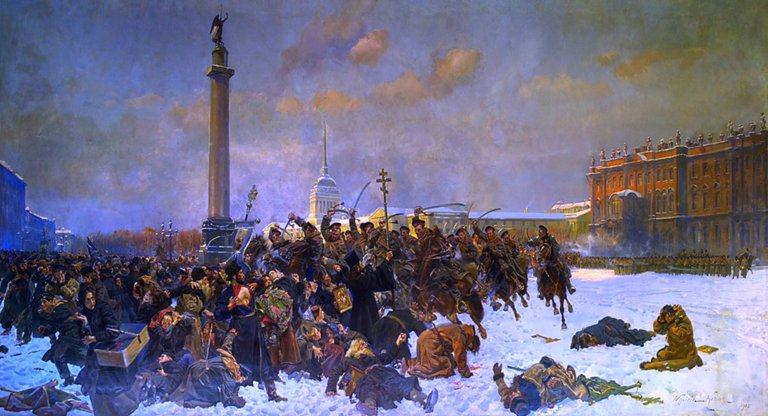
Image credit: Wojciech Kossak. Public domain.

The number of petitioners killed in the massacre is disputed. The Tsar's government admitted to 96 dead and 333 injured. Other sources estimate the number of dead to range from the hundreds, to the thousands. This massacre was a turning point for many Russians, who, despite years of oppression, had remained loyal to the Tsar.
The loyalists had clung to the belief that their ruler didn't understand how hard life was for his people. That he was not aware of the brutality of government that represented him. Bloody Sunday broke their benign illusion and helped to pave the road to revolution.

Bloody Sunday

Author unknown. Copyright free Soldiers blocking Narva Gate before the Bloody Sunday Massacre in St. Petersburg, Russia, January, 1905.

Why did the soldiers open fire? And why did this event become a turning point in Russia's march toward revolution? Kellogg Durland's book, written a little more than ten years before the 1917 revolution, answers some of these questions. Even though the revolution was years off, Durland, in 1906 could see discontent seething dangerously among the Russian people. Revolution, as he describes Russia in 1906, was inevitable.
The demand for reform had been growing louder for decades. There was increasing radicalization among dissenters as these calls for reform were rebuffed. Members of suspect organizations were jailed in great numbers.
Mock Execution of Intellectuals in 1849

Picture credit: B. Pokrovsky. Public domain
Petrashevsky Circle was comprised of intellectuals who questioned the legitimacy of autocratic rule. The group also advocated for a reform of the serf system. In order to frighten members of the group, and set an example for others who might want to dissent, a mock execution was staged.
Members of the Petrashevsky Circle were arrested. Among those who were detained was Fyodor Dostoyevsky. The men were sentenced to death. Just as the rifles were raised and drums rolled, a reprieve from the Czar was received. All of this had been staged. The picture above depicts the moment before a reprieve was handed down. The reprieve carried with it a sentence of hard labor in Siberia.
A curious footnote to this event was that Dostoyevsky's experience in jail and Siberia became the inspiration for some of his most influential writing.

Cossacks Burning a House in 1906
From: The Red Reign: The True Story of an Adventurous Year in Russia, by Kellogg Durland. 1907 Project Gutenberg. Public Domain

As Kellogg Durland traveled around Russia, in the wake of Bloody Sunday, he spent time with the Cossacks and one of their leaders, General Alikhanoff (“Bloody Alikhanoff)”. Durland learned that, despite the Czar's promises of reform after the massacre had occurred, repression intensified. In the picture above, Cossacks are supervising the burning of a house. They had been ordered by General Alikhanoff to burn the houses of suspected dissenters. Alikhanoff is quoted in Durland's book: "When I hear that a man is a socialist or revolutionist, I order my soldiers to burn down his house. It is the only way." Whole villages were burned in this way.

Durland traveled across wide swath's of the Tsar's domain. He traveled to Siberia and to Poland. To villages devastated by pogroms. He saw misery and starvation.
Peasant Domicile in a Place of Famine
From: The Red Reign: The True Story of an Adventurous Year in Russia, by Kellogg Durland. 1907 Project Gutenberg. Public Domain
The disdain for the Tsar and appetite for revolution was palpable wherever Durland traveled.
Russo Japanese War
In a way, the crisis of 1905 was a dress rehearsal for the revolutionary rupture of 1917. Everywhere Kellogg Durland went there was anger over the Russo-Japanese War. The war, begun in February of 1904, saw the forced conscription of hundreds of thousands of Russians. The battlefield became a maw which hungrily consumed Russian lives. In a single battle, at Mukden, 60,000 soldiers perished.
Retreat of Russian Soldiers After the Battle of Mukden
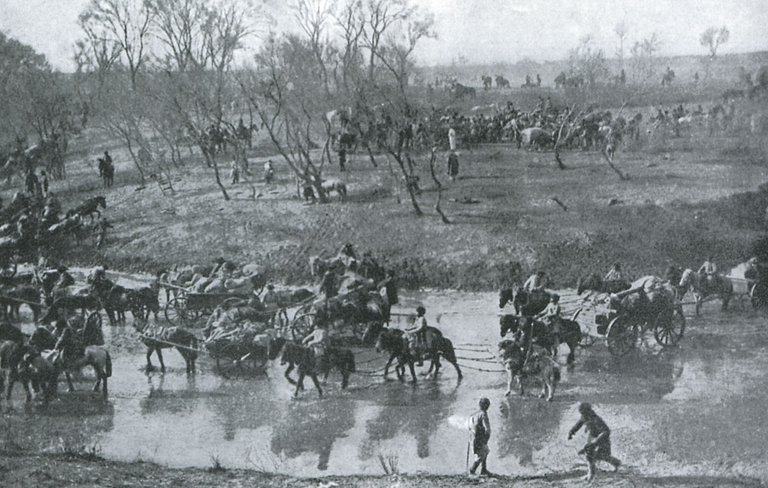
Image Credit: Collier and Son, "Russo-Japanese War: A Photographic and Descriptive Review of the Great Conflict in the Far East". 1095 Public domain
Almost ten years to the day after the start of the Russo-Japanese War, Russia entered WWI. The Tsar took this step even though the country was suffering widespread unrest, including general strikes among factory and mine workers. The Russo-Japanese War had been a trigger for political upheaval. WWI lit the match that ignited the final conflagration that would end Imperial Russia.
Had he lived, Kellogg Durland would not have been surprised by the events of 1917. He predicted the revolution. However, he did not live to see it. On November 19, 1911, Kellogg Durland took his own life. He was traveling by train with his wife when he swallowed a cyanide capsule.
As we look back at history and try to sort causes and events, we are usually dependent on second and third-hand accounts. In Kellogg Durland's book we have the extraordinary opportunity to witness history unfolding, first hand. The legitimacy of Durland's account is validated by history itself.
Durland did not need a crystal ball to see the future. That future was evident in the discontent and misery of the people he met. It was palpably inevitable in the cruelty of the Cossacks who imposed the Tsar's will and in the indifference of the Tsar himself.
If readers have an interest in understanding one of the twentieth-century's defining events, they would do well to read The Red Reign: The True Story of an Adventurous Year in Russia.

The book may be read online, without charge, at Project Guttenberg.
It may be purchased (e-book, paperback and hard cover) from a number of vendors, including Amazon.


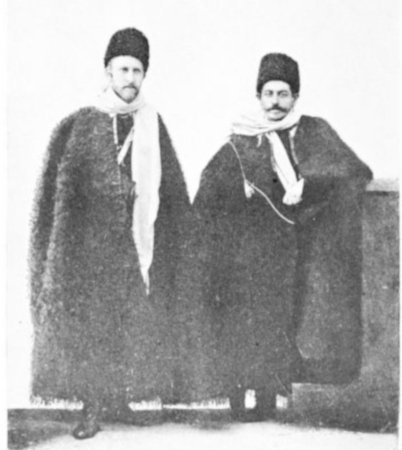
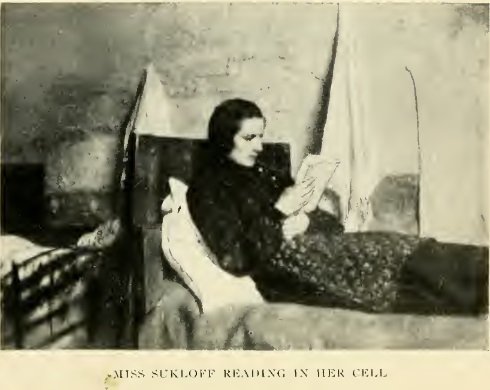
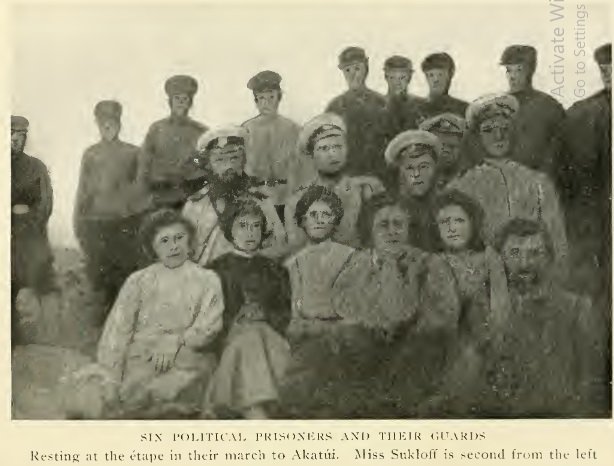
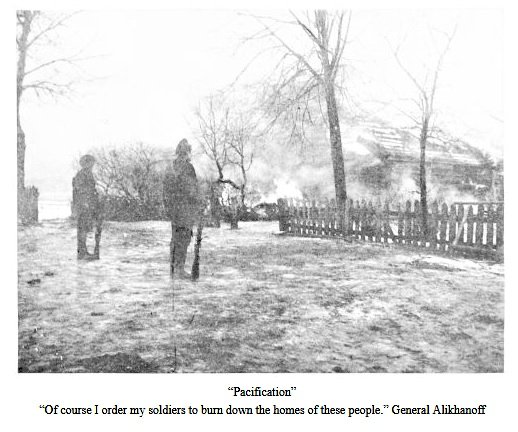

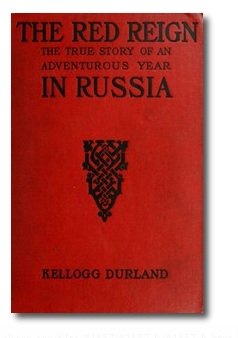
This is an enlightening read! I'd heard about the 'bloody Sunday' and the Russian revolution but never took the time to read the full details. Your review on this Durland's book just about covered it for me. Wow! One part I just don't understand is - why did Durland kill himself??
Thank you very much for reading my blog, @kemmyb. I'm happy you know more about this really seismic event in history. I used to teach social studies, so this sort of book is especially interesting to me.
If you want to look at some of the pictures in the book, the Project Gutenberg link might be interesting. As for why Kellogg Durand killed himself: I don't know. I found two newspaper articles from that time. One, from the Colorado Historic Society, describes a scandal. The other, from The Norwich Bulletin of 1911, describes his death. He was young man. Perplexing, isn't it?
Thanks again for stopping by.
Awesome writeup A.G. Kellogg Durland must have been something of a clairvoyant to foresee the revolution but, as you mentioned, it was evident in the misery of the Russian people .
I was surprised this intellectual man killed himself. I wondered if it was witnessed by his wife that he took the cyanide capsule or was it a murder?
Thank you for visiting, my friend :)
I am a history buff and delight in first person accounts. This one was remarkable because it could have been written in 1925, instead of 1907.
Why did he kill himself? I asked that question and came up with two articles in contemporaneous newspapers: one from Norwich and one from Denver. These don't answer the question for me, but they do clearly show a suicide. People are puzzles, aren't they?
I appreciate your generosity and your kind words, @redheadpei .
Most welcome. 🌺 Thanks A.G. for the links to the news articles about Durland. Interesting reads with all the partying. it is a bit confusing with his infatuation with the woman in the Settlement House and how that ended.
Excellent reporting on the book which explains the events leading up to the Russian Revolution. I'll have to read or listen to this book online. Great job.
Thank you @pokerm! I do recommend this book. It is written in a very straightforward way. It is entertaining, even engrossing. Astonishing to realize the author is describing events and scenes that actually happened.
Thanks again for your support and for commenting.
Congratulations @agmoore! You have completed the following achievement on the Hive blockchain and have been rewarded with new badge(s) :
Your next target is to reach 6500 replies.
You can view your badges on your board and compare yourself to others in the Ranking
If you no longer want to receive notifications, reply to this comment with the word
STOPCheck out the last post from @hivebuzz:
Thank you HiveBuzz!
You're welcome @agmoore, this is deserved 😊